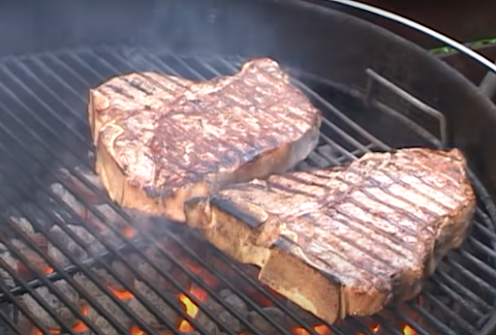Many experts suggest that investigated consumers most frequently use freshness, taste, and appearance to evaluate food quality. The first impression of a food is usually visual, and a major part of customer willingness to accept a food depends on its appearance.
Appearance of the products including appearance, color, size, and shape. Appearance is determined by physical factors including the size, the shape, the wholeness, the presence of defects (blemishes, bruises, spots, etc.), finish or gloss, and consistency. Size and shape may be influenced by cultivar, maturity, production inputs, and the growing environment.
The most important attribute of any food's appearance is its color, especially when it is directly associated with other food-quality attributes, for example the changes that take place during the ripening of fruit or the loss in color quality as food spoils or becomes stale.
An important problem is discoloration or the fading of the colors of various raw and processed fruits and vegetables. In some cases, color changes are accompanied by undesirable changes in texture, taste, or odor. Overaged cheese, beer, meat, and fish all develop off-color, which the consumer recognizes as being associated with poor flavor quality.
Color plays an essential role in food appearance and acceptability. Synthetic or artificial colors, i.e., coloring agents that are not nature-identical and have been obtained by chemical synthesis, are routinely added to food products to impart desirable sensory characteristics.
Color is derived from the natural pigments in fruits and vegetables, many of which change as the plant proceeds through maturation and ripening. The primary pigments imparting color quality are the fat-soluble chlorophylls (green) and carotenoids (yellow, orange, and red) and the water-soluble anthocyanins (red, blue), flavonoids (yellow), and betalains (red).
Food quality: Food appearances
The Evolution of Modern Food Flavor
-
The evolution of modern food flavor is a story shaped by scientific
curiosity, technological progress, and the growing demands of an
industrialized world. ...




